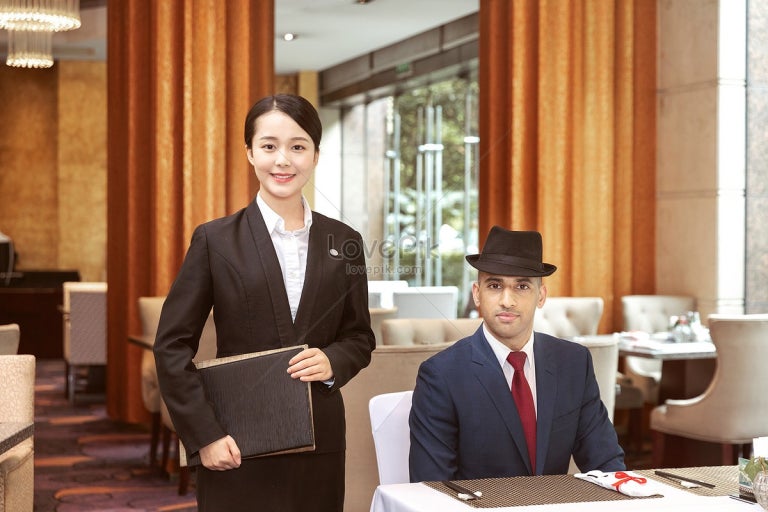A Korean Language 🙋♂️ Teacher's Learning Strategy(1): Don't Be Too Tied to the Textbook! _한국어교원이 전하는 한국어 학습전략? 교과서에 너무 얽매이지 마세요!
광고를 클릭해주시면 콘텐츠 제작에 많은 도움이 됩니다.
Clicking on ads greatly helps in content creation.
한국어 학습, 교과서 밖으로 확장하기Beyond the Textbook: The Key to Mastering Korean
한국어를 배우는 모든 학습자들에게 전하는 중요한 메시지가 있습니다.
I have an important message for all Korean language learners.
언어는 단순히 문법과 단어를 외우는 수학이나 공학이 아닙니다.
A language is not like math or engineering, where you just memorize grammar and vocabulary.
어느 정도 기초를 익혔다면, 교과서에 30%를 투자하고 한국 사회 관련 콘텐츠에 70%를 투자하는 것을 권합니다.
Once you have a certain level of basic knowledge, I recommend spending 30% of your time on textbooks and 70% on content related to Korean society.
⚡️반드시 시청하세요 ⚡️must see clip
경쟁이 심화되는 한국어 학습 시장 The Intensifying Korean Language Learning Market
최근 한국어 학습자의 수는 급격히 증가하고 있습니다.
The number of Korean language learners has been increasing rapidly recently.
약 1,700만 명의 학습자가 한국어를 공부하고 있으며, 토픽(TOPIK) 시험 응시자와 합격자 수도 매년 늘어나고 있습니다.
Approximately 17 million learners are studying Korean, and the number of TOPIK test takers and successful candidates is also increasing every year.
한국어 학습자의 수준이 빠르게 증가하고 있어, 자신만의 학습 전략을 수립하고 우위를 점하는 것이 중요합니다.
As the level of Korean language learners is rapidly rising, it is important to establish your own learning strategy and gain a competitive edge.
한국어 학습의 기초는 교과서로 충분히 다질 수 있습니다.
The foundation of learning Korean can be sufficiently built with textbooks.
하지만 높은 단계로 나아가려면 교과서 밖의 사회적 배경을 이해하는 것이 필수적입니다.
However, to advance to a higher level, understanding the social context beyond the textbook is essential.
특히 토픽(TOPIK) 시험의 쓰기 문제나 비즈니스 상황에서의 대화는 단순히 암기한 표현만으로는 해결할 수 없습니다.
Especially in TOPIK writing questions or business conversations, you can't get by with just memorized phrases.
고언 (苦言)
발음: 고언 [go-eon]
의미: 충고나 조언을 할 때, 듣는 사람에게는 쓰게 느껴질 수 있지만 진심으로 이로운 말을 뜻합니다. '쓴소리'와 비슷한 의미로 사용됩니다.
Meaning: A sincere piece of advice or counsel that may be unpleasant to hear but is ultimately beneficial. It is similar in meaning to '쓴소리 (bitter words)'.
예를 들어, '외국인 노동인권에 대해 기술하시오'와 같은 문제가 출제되었을 때, 한국 사회의 최근 데이터와 추이에 대한 지식이 없다면 깊이 있는 답변을 하기 어렵습니다.
For example, when a question like 'Describe the human rights of foreign workers' is asked, it's difficult to provide a deep answer without knowledge of recent data and trends in Korean society.
언어는 살아있는 것이며, 그 언어를 사용하는 사회의 경제, 사회, 문화, 외교, 정치와 함께 발전합니다.
A language is a living thing and evolves with the economics, society, culture, diplomacy, and politics of the community that uses it.
이러한 배경 지식은 단순히 시험 점수를 올리는 것을 넘어, 한국인들과의 실제 소통에서 깊은 공감대를 형성하는 데 큰 도움이 됩니다.
This background knowledge not only helps you get a higher test score but also enables you to form a deeper connection with Koreans in real conversations.
금상첨화 (錦上添花)
발음: 금상첨화 [geum-sang-cheom-hwa]
의미: 좋은 것에 더 좋은 것을 더한다는 뜻의 사자성어입니다. 이미 좋은 상황이 더 좋아질 때 사용합니다.
Meaning: A four-character idiom that means adding a good thing to something that is already good. It is used when an already good situation gets even better.
📝 한국 사회 이슈와 학습 연계하기 Linking Learning with Korean Social Issues
자모음과 기초 발음은 단기간에 마스터할 수 있습니다.
The alphabet and basic pronunciation can be mastered in a short period.
하지만 그 이후의 성장은 학습자의 관심과 노력에 달려있습니다.
However, growth after that depends on the learner's interest and effort.
최근 한국 사회의 주요 이슈들, 예를 들어 'AI 선진국 입성'이나 '외국인 노동자 인권 보호' 등은 앞으로 시험이나 실생활에서 자주 접하게 될 주제들입니다.
Major issues in recent Korean society, such as 'entering the AI-advanced nation' or 'protecting the human rights of foreign workers,' are topics you'll frequently encounter in exams and real life.
환경 문제, 자아실현, 빈부격차와 같은 전통적인 주제들에도 현대적인 데이터와 관점을 적용하는 연습을 해야 합니다.
You should practice applying modern data and perspectives to traditional topics like environmental issues, self-realization, and wealth disparity.
~를/을 가르다
발음: ~를/을 가르다 [~reul/eul ga-reu-da]
문법: 둘 이상의 대상을 나누거나 구별하는 것을 의미합니다. 특히 경쟁에서 승패를 나누는 상황에서 자주 쓰입니다.
Grammar: It means to divide or distinguish two or more objects. It's often used in situations where a win or loss is decided in a competition.
예문: 이번 경기가 승패를 가를 중요한 한 판이었다.
This match was a crucial one that decided the winner or loser.
⚠️ 주의사항: 한국 사회의 이슈에 대해 말할 때는 중립적인 입장에서 객관적인 사실을 전달하는 연습이 중요합니다.
⚠️ Caution: When talking about social issues in Korea, it's important to practice conveying objective facts from a neutral standpoint.
주관적인 의견보다는 객관적인 데이터와 추이를 근거로 제시하는 것이 설득력을 높이는 핵심입니다.
Presenting objective data and trends as evidence rather than subjective opinions is key to increasing persuasiveness.
🎯 연습 문제 Practice Question
다음 문장에서 빈칸에 들어갈 가장 적절한 표현을 고르세요.
Choose the most appropriate expression to fill in the blank in the following sentence.
이번 프로젝트는 아주 잘 진행되고 있었는데, 유능한 디자이너가 합류해서 (__________).
The project was going very well, and when a talented designer joined, it became (_________).
- 새옹지마였습니다.
It was 'saeongjima' (a blessing in disguise). - 금상첨화였습니다.
It was 'geumsangcheomhwa' (the icing on the cake). - 어부지리였습니다.
It was 'eobujiri' (a fisherman's profit).
정답: 2번




